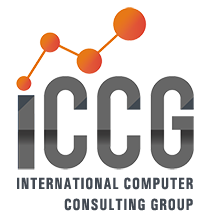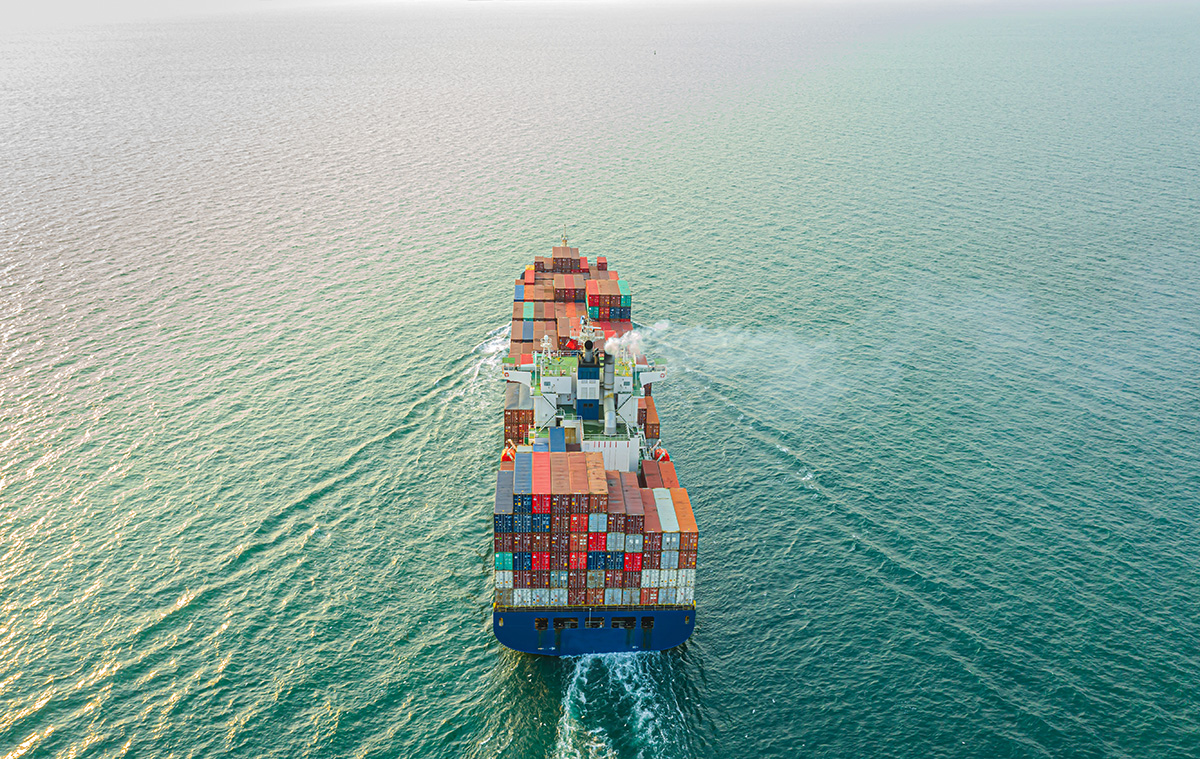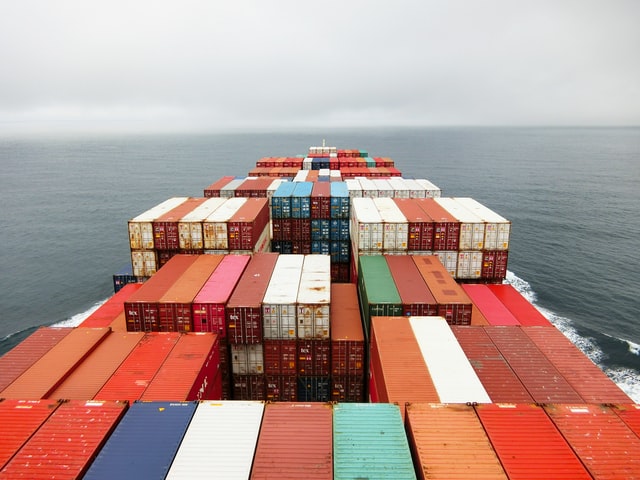Design your value chain for omni-channel
Today, customers expect to shop, compare, purchase, and consume on their own terms—on their own schedule, through a variety of channels, and on a variety of devices. For fashion companies, that means operating in a customer-driven economy. Not only should your marketing campaigns drive customers to the omni-channel outlets that you monitor, but your value chain should be ready to support these efforts. The omni-channel experience must be seamless and consistent, inspiring your customers to make purchases whether they’re in a physical store or online.
For your omni-channel management efforts and value chain to be in sync, you must move toward new business models that are far more collaborative, consumer driven, responsive, and quick. But how do you design a value chain so you can get closer to your customers and quickly deliver on their needs? And how do you get your value chain partners aligned to get the right products to where consumers want them—as quickly and efficiently as possible? This eBook will answer these questions and more.
Read More
Topics: ERP, Fashion & Retail, Supply Chain, Fashion PLM, Cloudsuite Fashion & Apparel, Infor M3 ERP, Enterprise Software, WMS, Supply Chain Management
Food and beverage companies face another pivotal year as the effects of the Covid-19 pandemic is forcing businesses to reevaluate their supply chain and operations strategy. To combat the challenges of supply chain disruption, shifting consumer demand, and market uncertainty, many organizations have turned to technology to promote resiliency and galvanize their business processes for the year ahead.
Below are five technology trends that experts anticipate will gain popularity in the years ahead as manufacturers prioritize agility and resilience over reactivity.
Read More
Topics: ERP, Food & Beverage, Supply Chain, Food Technology, CloudSuite Food & Beverage, Infor M3 ERP, Enterprise Software, WMS, Supply Chain Management
The existence of Conflicting objectives means we should look at aligning the processes and systems to enable us the make the appropriate decision and tradeoffs. But Siloed thinking and the Legacy systems deficit are making this more difficult to achieve.
There is no question that the solution is to first and foremost focus on people and process as we did in the second blog, Redefining the Processes, but technology can make a real difference to enable these processes and make the people able to focus on the important issues rather than the mundane task of data gathering and analysis.
The last 30 years have seen a huge expansion of global trade. Many of the goods we consume today are made in a different continents. The chase for the cheapest production location has resulted in complex, long lead time supply chains which have significantly increased the risk of disruptions, reduced supply chain efficiencies and increased our environment impact.
Read More
Topics: ERP, Supply Chain, Supply Chain Visibility, Supply Chain Network, Fashion PLM, Infor M3 ERP, Enterprise Software, Supply Chain Operations, WMS, Supply Chain Management
Future proof your supply chain with resilient and sustainable elements
Strengthening the supply chains in preparation for inevitable future uncertainties, and the need to be more sustainable whiles continuing to be efficient requires the development of processes, systems, and structures that enable rapid adaptation and resilience in the face of disruptions.
In this blog we’re going to look at the steps organizations can take to future-proof their supply chains, and at how they can build in resilience and sustainability elements.
A recent study, considered exactly this point. The study identified several key characteristics in this regard.
Read More
Topics: ERP, Supply Chain, Supply Chain Visibility, Supply Chain Network, Fashion PLM, Infor M3 ERP, Enterprise Software, Supply Chain Operations, WMS, Supply Chain Management
For supply chain professionals in your organization to receive the flexibility and agility they need to increase speed, drive down costs, and satisfy customers, there are four critical components your company must possess. These include real-time visibility, predictive insights, prescriptive decision support, and real-time collaborative execution, all of which can be achieved through the implementation of supply chain control tower.
Deploying a network model to achieve real-time, end-to-end visibility
Visibility is the foundation of every control tower capability, with all advanced decision making and responses within the execution window relying upon the quality and timeliness of visibility. Keeping order, shipment, and inventory status updated for all parties to see in real time is critical to success., but this often proves a core challenge for control towers, since highly dynamic supply chains can change at a rate of over 50 changes per second.
Read More
Topics: ERP, Supply Chain, Supply Chain Visibility, Supply Chain Network, Fashion PLM, Infor M3 ERP, Enterprise Software, Supply Chain Operations, WMS, Supply Chain Management
We understand you are busy so we'll get right to the point. Are you needing to review or revise your business process software? We're setting up appointments for Q1 and we hope you will take advantage of our complimentary consultation to discuss your current situation and your goals for the coming year.
Read More
Topics: Announcements
Adaptability and quick turnarounds on strategy had never been more vital during a challenging decade for the restaurants and food services industry so far. The good news for many is that so many organizations rose to that challenge, with restaurant technology playing a singular role in helping them to continue to meet demand and to serve guests via multiple channels, specifically using advanced restaurant point of sale and integrations with mobile ordering.
As much as the industry landscape has been defined by challenges and disruption, it’s also allowed decision makers to consider how present conditions help to anticipate what the rest of the decade might look like. This has meant looking at the basics, the essentials for successful restaurants to best consider and the continuing role restaurant technology will play. Over the last few weeks, we’ve published several posts that explore these factors. Here’s a summary to consider.
Read More
Topics: ERP, Food & Beverage, Distribution, Supply Chain, Supply Chain Visibility, digital disruption, Enterprise Resource Planning, Food Technology, CloudSuite Food & Beverage, Enterprise Software, Retail Supply Chain, Supply Chain Operations, Infor CloudSuite M3, Infor CloudSuite ERP
Building a Power Team:
The first major step in the journey toward adopting a new ERP system for your organization is assembling an effective project team. A well-appointed team can help you not only select the best possible ERP system suited to meet your organization’s needs but also mitigate employee resistance and secure leadership buy-in.
Assembling an all-star team for your ERP project is critical to your implementation success, so do not take these decisions lightly.
Read More
Topics: ERP, Distribution, Supply Chain, Fashion & Apparel, Supply Chain Visibility, digital disruption, Enterprise Resource Planning, Enterprise Software, Retail Supply Chain, Supply Chain Operations, Infor CloudSuite M3, Infor CloudSuite ERP
Throughout the pandemic, food and beverage companies have weathered surges in demand, rapid fluctuations in consumer buying habits, and the complexities of the global supply chain. Without complete enterprise-wide visibility or collaboration, shifting gears and adapting to trends in the market can seem insurmountable.
How can you modernize to keep pace with the speed of consumer needs in today’s competitive market? We recently did a webinar with Mark Winter, CFO of My Food Bag, to hear how his company, a leading online meal kit provider in New Zealand, managed to improve business productivity, efficiently manage the growth of its business and navigate the pressures of the pandemic.
Here are some valuable takeaways from the webinar. Watch the on-demand recording if you want to hear more about how My Food Bag deals with special requests from customers for particular food products, or ingredients, how the company manages last-mile delivery, and what they do to get the right balance between supply chain efficiency and sustainability.
Read More
Topics: ERP, Food & Beverage, Supply Chain, Food Technology, CloudSuite Food & Beverage, Infor M3 ERP, Enterprise Software, WMS, Supply Chain Management
Mergers and acquisitions (M&A) bring numerous challenges across all departments. But IT teams are often charged with providing the underlying infrastructure that will allow the organizations to operate successfully under a new configuration. This is a big ask and typically occurs with little warning, and regardless of how much ongoing work exists in the day job.
There are plenty of factors that can further complicate this scenario, including when the company is acquired or merged is in a different country with unique reporting and regulatory requirements. While part of an important growth strategy for the organization, these moves can put tremendous pressure on already taxed IT staff.
Read More
Topics: ERP, Change Management, Enterprise Resource Planning, Implementation Partner, Technology, CloudSuite, Risk & Compliance, Cloud, cloud migration











